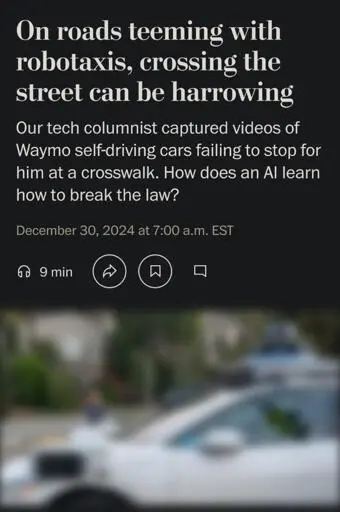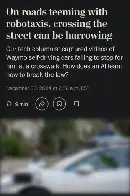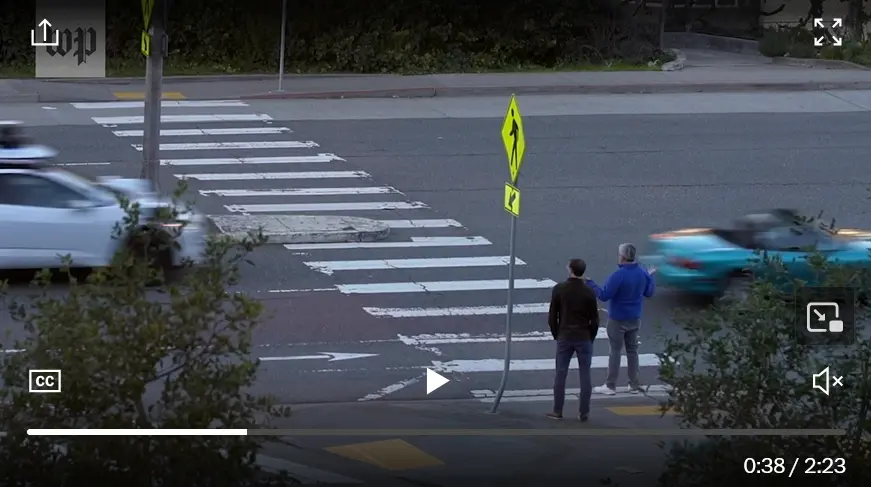The reason is likely to compete with Uber, 🤦
A few points of clarity, as I have a family member who's pretty high up at waymo. First, they don't want to compete with uber. Waymo isn't really concerned with driverless cars that you or I would be owning/using, and they don't want (at this point anyway) to try to start a new taxi service. Right now you order an uber and a waymo car might show up. . They want the commercial side of the equation. How much would uber pay to not have to pay drivers? How much would a shipping company fork over when they can jettison the $75k-150 drivers?
Second, I know for a fact that the upper management was pushing for the cars to drive like this. I can nearly quote said family member opining that if the cars followed all the rules of the road, they wouldn't perform well, couching it in the language of 'efficiency.' It was something like, "being polite creates confusion in other drivers. They expect you to roll through the stop sign or turn right ahead of them even if they have right of way." So now the waymo cars do the same thing. Yay, "social norms."
A third point is that, as someone else mentioned, the cars are now trained, not 'programmed' with instructions to follow. Said family member spoke of when they switched to the machine learning model, and it was better than the highly complicated (and I'm dumbing down my description because I can't describe it well) series of if-else statements. With that training comes the issue of the folks in charge of things not knowing exactly what is going on. An issue that was described to me was their cars driving right at the edge of the lane, rather than in the center of it, and they couldn't figure out why or (at that point, anyway) how to fix it.
As an addendum to that third point, the training data is us, quite literally. They get and/or purchase people's driving. I think at one time it was actual video, not sure now. So if 90% of drivers blast through at the moment of the red light change if they can, it's likely you'll hear about it eventually from waymo. It's a weakness that ties right into that 'social norm' thing. We're not really training safer driving by having machine drivers, we're just removing some of the human factors like fatigue or attention deficits. Again, as I get frustrated with the language of said family member (and I'm paraphrasing), 'how much do we really want to focus on low percentage occurrences? Improving the 'miles per collision' is best at the big things.'



